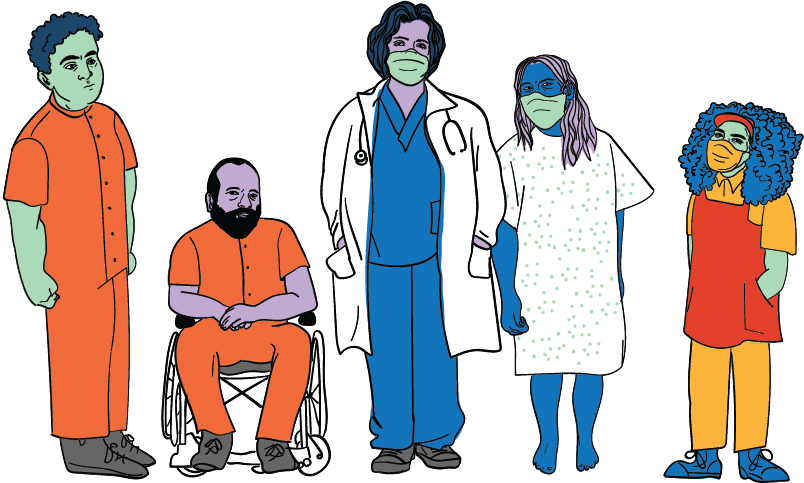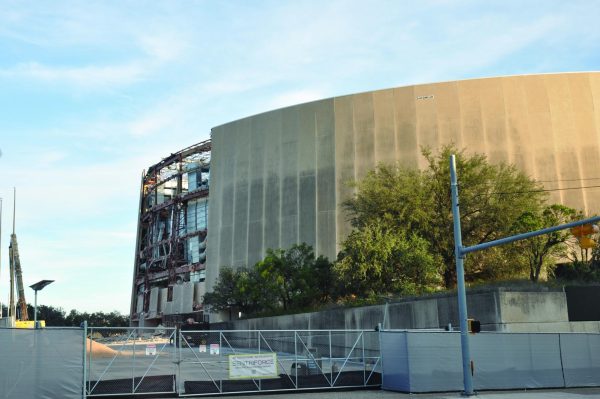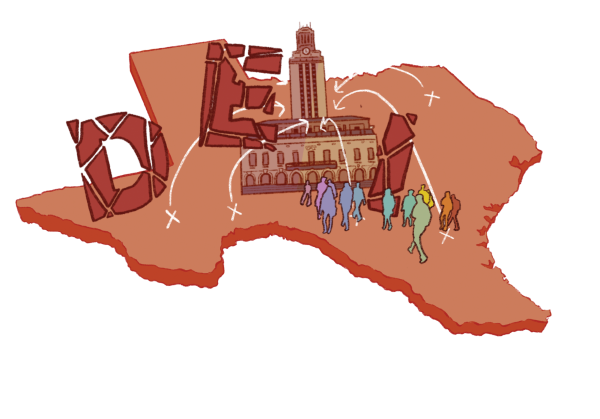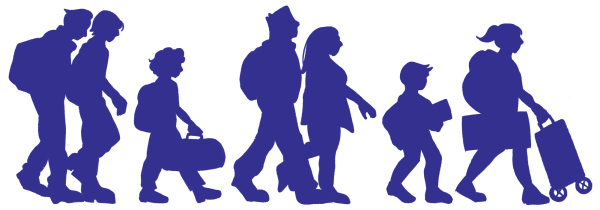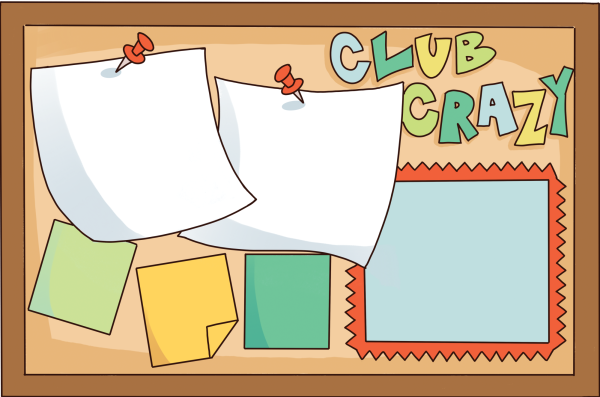COVID-19 Among Minority Communities
September 1, 2020
COVID-19, a disease caused by the new coronavirus, currently has over 4 million confirmed cases in the United States and is disproportionately impacting marginalized communities such as Black, Indigenous, and disabled populations. Many of these issues are related to systemic inequalities within the country and our government.
Amreeta Mathai, a Staff Attorney with the American Civil Liberty Union’s (ACLU) Racial Justice Program, said it can be challenging to fully determine the extent of harm done on communities of color through the COVID-19 pandemic. There is a lack of data collection for these communities, especially Latino and Indigenous populations. According to Indigenous organization Cultural Survival, data collection allows resources to be redirected to vulnerable communities, or programs started by these communities.
“This virus has been introduced into a landscape where there was already sort of long standing structural and systemic inequities, particularly in the areas of the criminal legal system, the economy in terms of access to opportunities, access to education, and access to health care,” Mathai said. “So I think those are long standing structural inequities that stem from the history of slavery, particularly for African Americans, but also a history of racism against Indigenous peoples.”
Prisons and jails, which are considered congregate environments, are areas where COVID-19 is likely to spread rapidly. Mathai said that this, in addition to the lack of quality prison conditions, such as proper sanitation and access to health care, makes these populations very susceptible to the virus.
“You have all these African American people who are incarcerated, and they’re in the main hotspot of where the transmission is occurring,” Mathai said. “So that’s problematic. And it’s also the case that many, many people of color who are incarcerated had negative interactions with law enforcement because of a misunderstood disability.”
People with disabilities, who are already at higher risk of mortality if they contract COVID-19, are also disproportionately targeted in the legal system. The ACLU is currently filing lawsuits across the country in attempts to release the medically vulnerable in jails, prisons, and other detention facilities.
“Disabled people are disproportionately arrested, policed, criminalized and incarcerated,” Mathai said. “They are then being placed into facilities that have high rates of spread of the disease, and then they are super vulnerable, right within those facilities.”
Once an individual has an open criminal case, arrest, or criminal conviction, they are faced with 48,000 restrictions creating obstacles when it comes to access to affordable and safe housing, public benefits, education, and loans, among other things. According to Mathai, decarceration, as well as defunding the police and reinvesting money into communities is something the government could do which would greatly help marginalized communities being hit by COVID-19.
“There are so few people who are even convicted of crimes that would be considered an issue more largely in society,” Mathai said. “We are incarcerating people on low-level offenses, and they are stuck in these concrete environments where they are likely to contract COVID… Along with decarceration, you have to invest in reentry and transitional services organization.”
In addition to this, there are many health issues impacting Black and Latino communities, such as lack of access to quality healthcare, which would not allow individuals to receive treatment for pre-existing conditions. Those who are able to afford care oftentimes are treated differently due to an issue of implicit bias in the healthcare system, Mathai said. Problems such as bad housing quality and long-term stress due to over-policing can also contribute to medical conditions or disabilities, increasing COVID-19 vulnerability.
Selena Xie, the president of the Austin EMS Association, said that according to what she has been seeing first hand, the majority of COVID-19 patients being diagnosed and intubated are in the Hispanic and Latino community.
“Healthcare inequalities that lead to asthma, like poor air quality, diabetes, like food deserts, and poverty, hypertension, or a history of oppression are all risk factors for mortality when it comes to COVID-19,” Xie said. “Our Black and brown communities have a disproportionately higher rate of all of these health concerns. The majority of our intubated COVID-19 patients are Hispanic. And the longer COVID-19 rages on, the more and more health disparities we’ll see. We have seen the disparity especially in our Hispanic populations rise during the last two months.”
Hospitals have started to become overcrowded and are running out of equipment as well. Xie said this forces doctors to choose whose life to save.
“This is the price we pay to run for profit hospitals,” Xie said. “They have to operate at a 90% or higher capacity to be profitable so they do… because of those previous denominators, Black and brown people might tend to have a lower quality of life, which might move them down the list for who is best served by a ventilator.”
In addition to Black and Latino people being considered to have lower quality of life due to health issues, studies have shown those with disabilities are subject to explicit and implicit bias in the healthcare industry. This can contribute to the issue of healthcare workers deciding who has a higher quality of life, according to the American Bar Association.
Stefanie Cousins is the director of marketing and communications at the nonprofit organization Brighter Bites, which works through Title I schools and other public spaces to distribute fresh produce to thousands of families in need across the United States. According to Cousins, being a part of a community more prone to food deserts and food insecurity can put Americans at a higher risk of contracting COVID-19. Since the start of the pandemic, the number of families they serve has nearly doubled.
“One of the things that is also a larger issue is in the populations that we serve, most of them don’t eat as much healthy food as they should, and they already have diabetes or hypertension or just any food related disease,” Cousins said. “They’re already predisposed to getting COVID-19.”
In addition to the previous factors mentioned, Cousins said many families are getting foods with higher shelf lives to avoid going out, limiting the intake of fresh foods. Other non-profit organizations and state and city-mandated food banks are experiencing a high demand for many resources, like food and health products. According to Cousins, with a surge in job loss comes a surge of families in need.
Mathai said exposure through employment poses another issue for these communities, as most of these populations cannot afford to cut back on working hours.
“People of color are disproportionately now considered essential workers. So they are required to go to work, and they’re required to expose themselves,” Mathai said. “They disproportionately work in areas like nursing homes as home health aides, in the food service industry, the food delivery industry, factory workers, farm workers; these are all people that are having to go to work every day.”
According to Mathai, it is important for people to think of which policies they are supporting, as well as reimagining new possibilities for how the society works. This, she said, is one of the most effective interventions.
“The better thing would be if people would cooperate and communicate and actually make those changes to be more inclusive of communities of color and to make us all safer,” Mathai said. “COVID-19 is disproportionately devastating communities of color, but it’s also affecting everyone, right? No one is an island. So it would make everybody safer to invest in communities more.”

